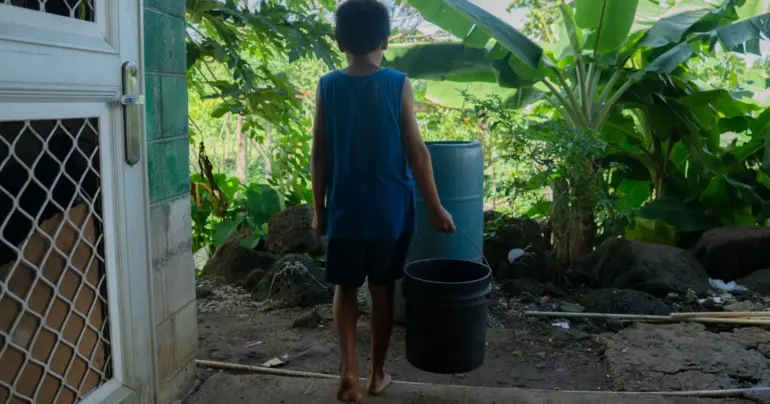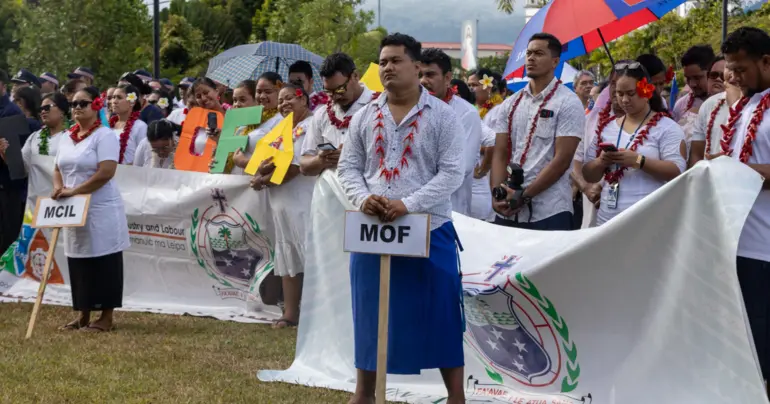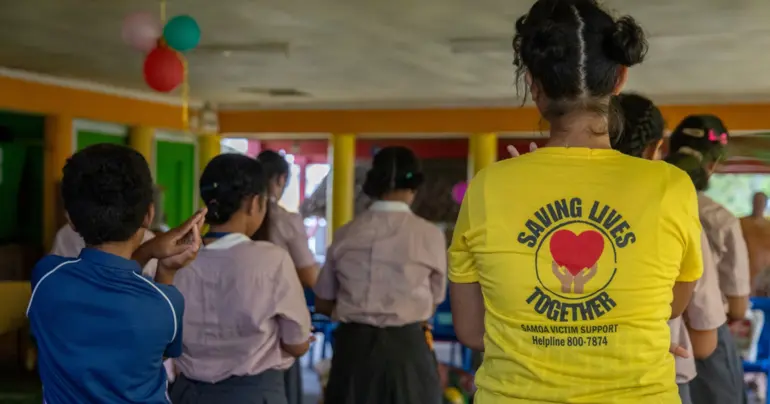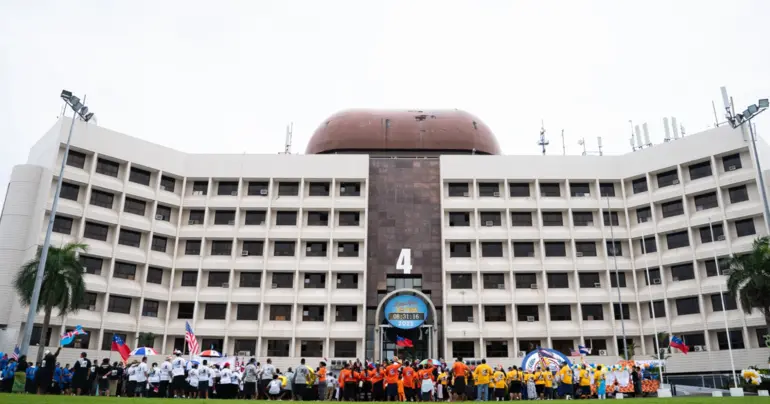Moto'otua low-pressure ward long overdue
 By The Editorial Board
•
04 December 2020, 4:30AM
By The Editorial Board
•
04 December 2020, 4:30AM
At the end of January 2020 the Samoa Government began imposing restrictions on incoming passengers in a bid to keep the coronavirus at bay.
And two months later the Government declared a state of emergency (S.O.E.) that shut international travel and rolled out orders that led to the closure of schools, imposed bans on public gatherings, reduced public service working hours, and limited both large and small business’ trading hours.
The Government’s COVID-19 response – some four weeks after officials said the country had recovered from a measles outbreak that claimed 83 lives towards the back end of 2019 – was praised globally with many acknowledging that fears of a second public health crisis similar to the deadly measles outbreak pushed the Government and the Ministry of Health (M.O.H.) to step up their response.
Thanks to a whole-of-Government effort led by the M.O.H. in partnership with a number of other State agencies, Samoa remained COVID-19 free for eight months, until last month when a sailor and a man in his 70s both tested positive and negative in what authorities now describe as non-fectious “historical cases”.
The arrival of the two cases on our shores last month appears to have been a wakeup call, in terms of the adequacy of the country’s current medical facilities, to effectively treat patients who’ve tested positive for the coronavirus.
We say wakeup call because on Tuesday this week the M.O.H. Director General, Leausa Dr Take Naseri, announced plans by the Ministry to build a low-pressure ward at the Tupua Tamasese Meaole National Hospital (T.T.M.) at Moto’otua.
“But we are currently preparing to build a low pressure ward," the Director-General said.
“Once [COVID-19 becomes] critical there will be a different plan for that.
"The Intensive Care Unit ward will be used while we close off the other wards…but we are not at that stage at the moment.”
The soon to be built low-pressure ward will have a capacity of 80 patients, said Leausa and will help contain the virus inside the building's walls so that it does not infect others.
Low-pressure wards can manipulate the air pressure in a hospital to prevent contagious illnesses from spreading into other parts of a building.
Rooms with maintained lower air pressure allow outside air to enter into a room but any air that flows out of it must be filtered according to Pennsylvania State University.
But what has the Director General and the Ministry been doing since the Government announced the travel restrictions in January and declared the S.O.E. two months later in March this year?
Independent research and government-authored health documentation available online show that low-pressure or negative-pressure wards for COVID-19 intubated patients are essential for their care and treatment.
There is no shortage of information available online on what processes hospitals should undergo in order to build their low-pressure or negative-pressure wards for COVID-19 intubated patients.
But the M.O.H. or the Government for that matter does not have to look far or go this alone.
It only has to knock on the doors of international organisations, such as the World Health Organisation (W.H.O.) and the World Bank, for technical assistance or even funding to begin work on building this critically important facility at the national hospital as part of the Government’s overall coronavirus response strategy.
It beggars disbelief that the Ministry’s plans to build a low pressure ward was announced close to a fortnight after the country’s first two COVID-19 positive/negative cases were announced by the Government.
Did the critical role of having a low-pressure ward in place at Moto’otua only dawn on the M.O.H. management?
Imagine the vulnerability of the 173 frontline workers – who according to the Government have tested negative for the coronavirus after processing passengers arriving on the 13 November repatriation flight – if the sailor and the man in his 70s had tested positive/positive and had the infectious strand of the coronavirus?
Would our health infrastructure be able to effectively treat and care for one let alone 10 positive COVID-19 cases – if that was the scenario – without the low-pressure ward being operational and available at the national hospital and thereby minimising the risk of infection to the wider community?
It is a concern that the M.O.H. management appears to be taking a piecemeal approach to the Government’s coronavirus response strategy, when the establishment of critical infrastructure such as a low-pressure ward at Moto’otua should have been at the top of their list when we went into lockdown early this year.
It is essential no stone is left unturned by those in positions to lead the defence against the pandemic, if the nation is to avoid a repeat of the measles outbreak tragedy.
 By The Editorial Board
•
04 December 2020, 4:30AM
By The Editorial Board
•
04 December 2020, 4:30AM










